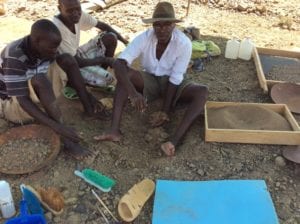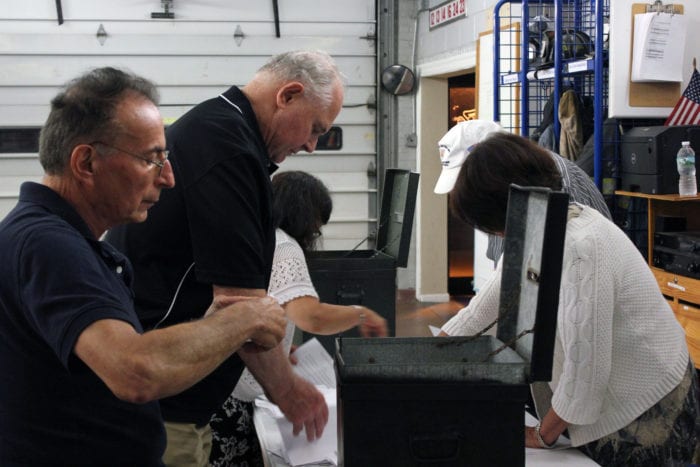Huntington Town Councilwoman Tracey Edwards (D), a Huntington grocery store and many other local groups recently made it their mission to help stock the kitchen at a local children’s organization.
Tri Community and Youth Agency, a not-for-profit organization that offers educational, recreational, social, cultural, athletic, counseling and advocacy programs for the town’s youth spanning from South Huntington to Cold Spring Harbor, noticed an issue with food shortage among its young attendees.
Edwards said she was told that 80 children were receiving meals while attending Tri CYA programs during the week, but were pressed for food during the weekends when they were home. Edwards reached out to a network of organizations that responded quickly and were eager to help.
“This is an example of what we can do when we all work together on a common goal,” Edwards said in an event announcing the donations at the Stop & Shop on Jericho Turnpike in Huntington. “Thank you to Stop & Shop and all the service organizations in our community.”
Responding to a call to action from Edwards, a large roster of community-based organizations and the Huntington Stop & Shop store mobilized to gather food and donate it to help the 80 kids enrolled in the Tri CYA program.
“Our children and their families are most appreciative of Stop & Shop’s assistance,” said Debbie Rimler, (regional director) executive director of Tri CYA. “I am very grateful that all these groups have banded together to address food insecurity over the weekends. This donation will make a huge difference in many households and for many youths. Thank you so much.”
The participating organizations said it was their pleasure to get involved.
“It is our privilege to lend assistance to those in the Huntington community who make sure that children are cared for,” said Cindy Carrasquilla, manager of public relations and community relations for Stop & Shop said in a statement. “Stop & Shop is pleased that our efforts can provide food and nourishment to youngsters in need.“
The grocery chain donated milk, cream cheese, butter, vegetables, fresh fruit and kid favorites such as hot dogs, soup, macaroni, ravioli, Lunchables, Pop-Tarts and juice.
Huntington is not alone in a need for more food to feed our residents.
According to Feeding America’s most recent hunger study, 39 percent of Long Islanders who receive emergency food are children under 18 years old. Feeding America is a nonprofit organization that works as a nationwide network of more than 200 food banks feeding more than 40 million people.
“Summer hunger is a serious issue here on Long Island,” said Robin Amato, chief development officer of Long Island Cares, Inc. “Moving forward we will be talking to the Tri CYA about utilizing our children’s breakfast food trucks to ensure that these children have nutritious weekend meals all year round.”
Other organizations and companies that donated food include American Legion Greenlawn Post 1244; the Boy Scouts of America, Suffolk County Girl Scouts, Huntington Community First Aid Squad, Huntington Public Library, South Huntington Public Library, Huntington Township Chamber of Commerce, YMCA of Huntington, NAACP, Huntington Station Business Improvement District, and more.

























